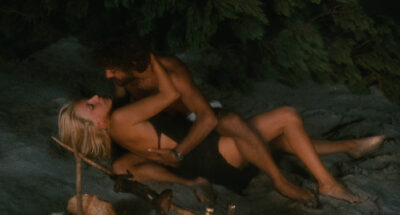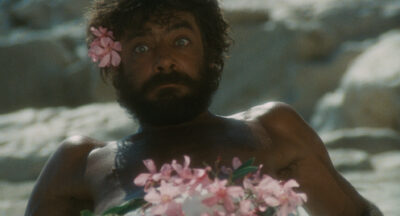It says a lot that the grandest French movie theaters are designed by famous architects. (Renzo Piano designed the Pathé Palace in Paris.) Over the weekend, the New York Times published a fascinating glimpse into cinema’s profound place in French culture and how that strength has led to a renaissance of moviegoing. “France was one of the few countries that saw an increase in movie theater attendance last year over 2023, with more than 181 million attendees, an uptick of nearly a million. Brazil, Britain and Turkey also saw an increase.”
One reason is the French version of American exceptionalism: The French people believe their culture is superb. The national government agrees and backs up that conviction with subsidies of tiny cinemas in small towns and supporting schoolchildren’s field trips to movie theaters. “In a statement, the National Center for Film and Moving Images, or CNC, the French government film agency, chalked up the industry’s recovery from the pandemic to ‘the artistic and industrial excellence of our model of cultural exception,’ a reference to national policies meant to promote and protect French culture.”
But the French reverence for cinema is not mere nationalism. Citizens simply feel a “moral obligation to support the arts.” If you go to the Pathé Palace website, you’ll see that right now they’re mostly showing American movies you can see at Laemmle Theatres, and one of the photos accompanying the article shows a theater box office featuring stills from David Lynch films.


